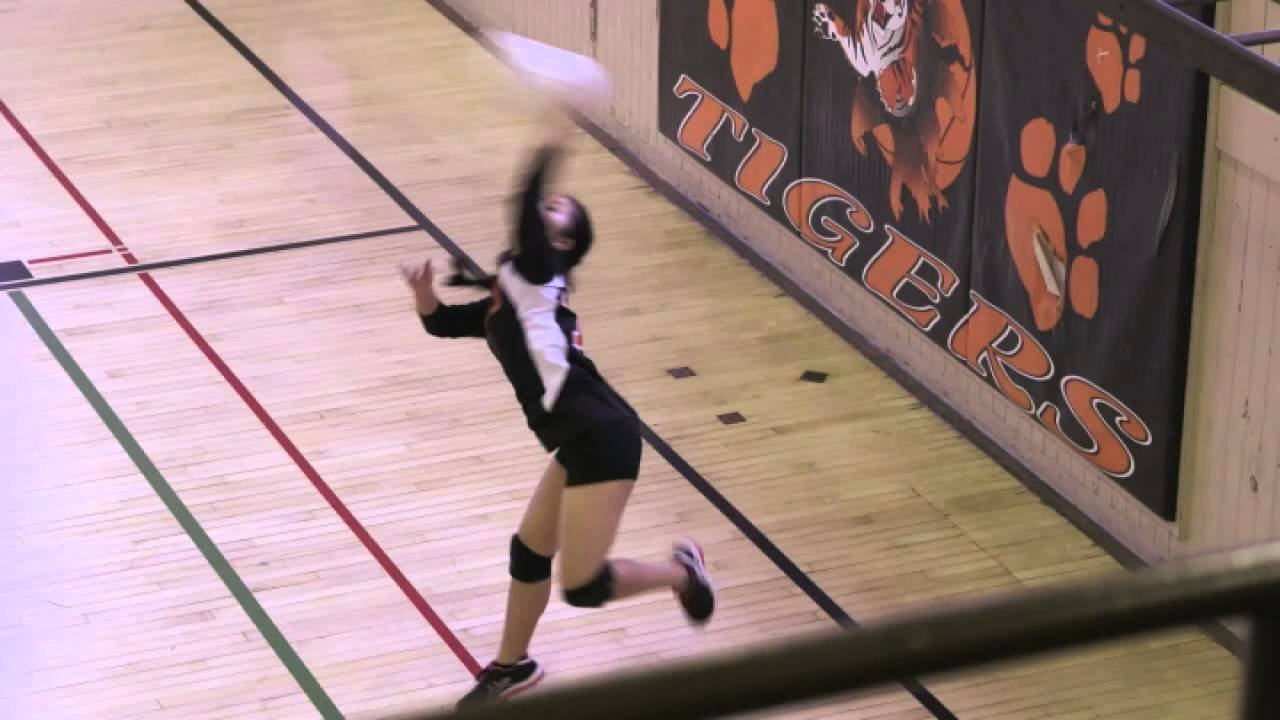Understanding What Does Sideout Mean In Volleyball: A Guide

In volleyball, “sideout” refers to regaining the serve from the opponent. Achieving a sideout can turn the tide of the game, shifting momentum in your team’s favor. It is a critical moment that requires strategic play and precise execution. Understanding the concept of sideout is fundamental to success in volleyball matches. Let’s delve deeper into what does sideout mean in volleyball and explore its significance on the court.
What Does Sideout Mean in Volleyball?
Welcome, young volleyball enthusiasts! Today, we’re diving into the exciting world of volleyball to unravel the mystery behind a term you’ve probably heard during games – “sideout.” If you’ve ever watched a volleyball match and heard the referee shout “sideout,” you might be wondering what exactly that means. Well, fear not, because by the end of this article, you’ll be a sideout expert!
The Basics of Volleyball
Before we jump into the nitty-gritty of sideout, let’s quickly review the basics of volleyball. Volleyball is a fun and fast-paced sport played between two teams, each consisting of six players. The objective of the game is to score points by grounding the ball on the opposing team’s side of the court.
Players use a combination of skills like serving, passing, setting, attacking, and blocking to outplay their opponents. The game is played on a rectangular court divided by a net, and the team that wins a rally scores a point and the right to serve the next ball.
Understanding Sideout
Now, let’s get to the heart of the matter – what does “sideout” mean in volleyball? In simple terms, a sideout occurs when the receiving team wins the rally and earns the right to serve. This means that the serving team loses the point and must now play defense. Essentially, it’s like a switch in roles between the two teams.
When a team successfully sideouts, it means they have managed to stop the serving team from scoring a point and have earned the opportunity to score themselves. This can be a crucial moment in a volleyball match, as it allows the receiving team to regain control and momentum.
How Sideout Impacts the Game
Sideout plays a significant role in the flow of a volleyball game. It can shift the momentum from one team to another and test the mental toughness and resilience of players. When a team sideouts, it not only earns the chance to score but also puts pressure on the serving team to defend effectively and regain the serve.
Teams often strategize around maximizing their sideout opportunities by focusing on strong serving, precise passing, and effective attacking. A well-executed sideout can energize a team and demoralize their opponents, making it a pivotal moment in a match.
Executing a Sideout
So, how do teams go about executing a successful sideout? It all starts with solid fundamentals and teamwork. Here are a few key steps involved in achieving a sideout:
1. Passing
Passing, also known as the bump, is the first contact a team makes with the ball after the opponent’s serve. Good passing is essential for setting up a successful attack and securing a sideout.
2. Setting
Setting involves the second contact where a player positions the ball for a teammate to attack. Accurate setting enables the hitter to make a powerful and precise attack, increasing the chances of securing a sideout.
3. Attacking
Attacking, or spiking, is the final contact in a sideout play, where a player attempts to send the ball into the opponent’s court in a way that it cannot be defended. A strong attack is crucial for scoring points and maintaining control of the game.
4. Defense
Effective defense is crucial for transitioning from defense to offense smoothly. After stopping the opponent’s attack, the team must quickly set up their own offensive play to secure a sideout.
Now that you understand what “sideout” means in volleyball, you have a deeper insight into the strategic and dynamic nature of the sport. Remember, volleyball is not just about hitting the ball back and forth but also about teamwork, skill, and precision.
So, next time you’re watching a volleyball match and hear the referee call “sideout,” you’ll know exactly what’s happening on the court. Keep practicing, learning, and enjoying the game, and who knows, maybe one day you’ll be the one executing those perfect sideouts!
Stay tuned for more volleyball insights and tips. Until next time, have a ball on the court!
What Is the Meaning on the Word 'Side Out' in Volleyball?
Frequently Asked Questions
What is the significance of “sideout” in volleyball?
In volleyball, “sideout” refers to a team winning the serve back from their opponent. It occurs when the receiving team successfully puts the ball away or earns a point, thereby switching from the defensive role to the serving role.
How does a team earn a sideout in volleyball?
A team can earn a sideout in volleyball by scoring a point when they are on the receiving end. This can be achieved through various methods such as a successful spike, block, or opponent error, which allows them to regain the serve and switch positions on the court.
What is the strategic importance of a sideout in volleyball?
Securing a sideout in volleyball is crucial as it not only grants the team an opportunity to score points but also disrupts the momentum of the opposing team. It allows the serving team to control the play and puts pressure on the other side to defend and counterattack.
Final Thoughts
In conclusion, sideout in volleyball refers to the moment when the serving team loses the serve, allowing the receiving team to gain possession and score a point. This term plays a crucial role in determining the flow and momentum of the game. Understanding what sideout means in volleyball is essential for players and spectators alike to comprehend the dynamics of the sport. Mastering the art of sideouts can ultimately lead to achieving success on the volleyball court.







